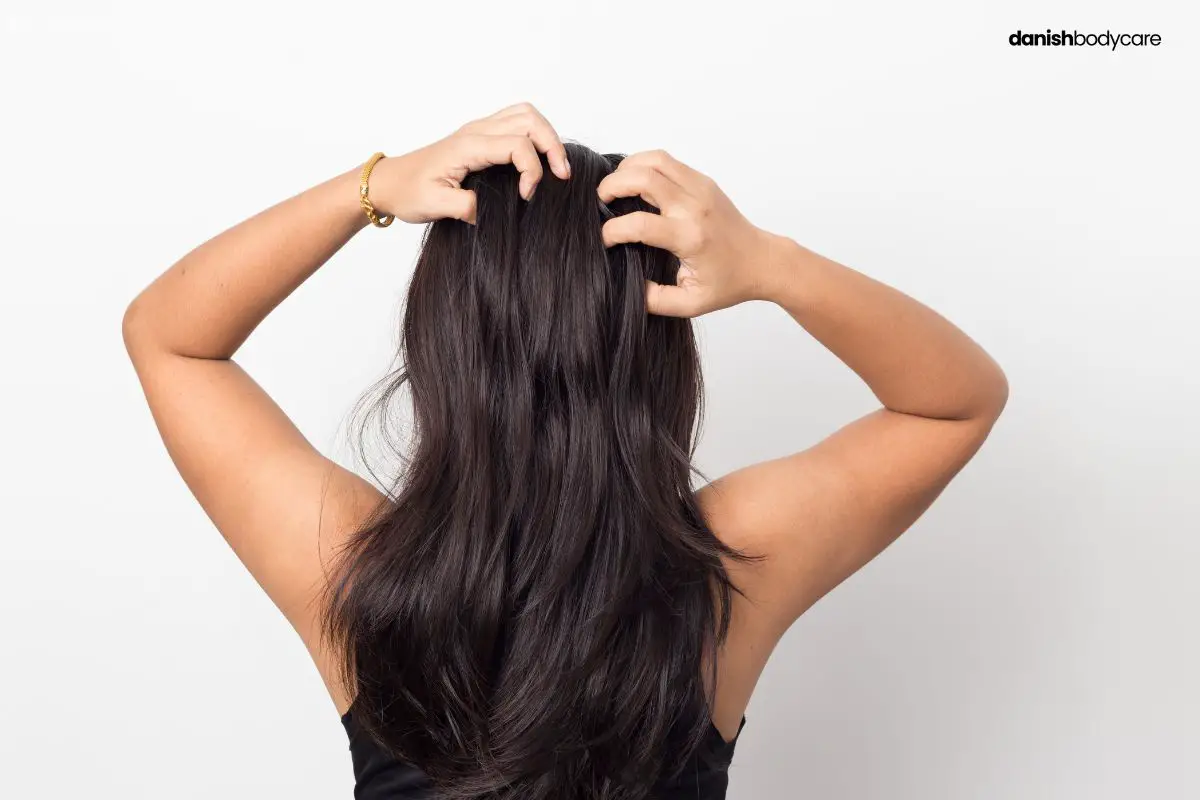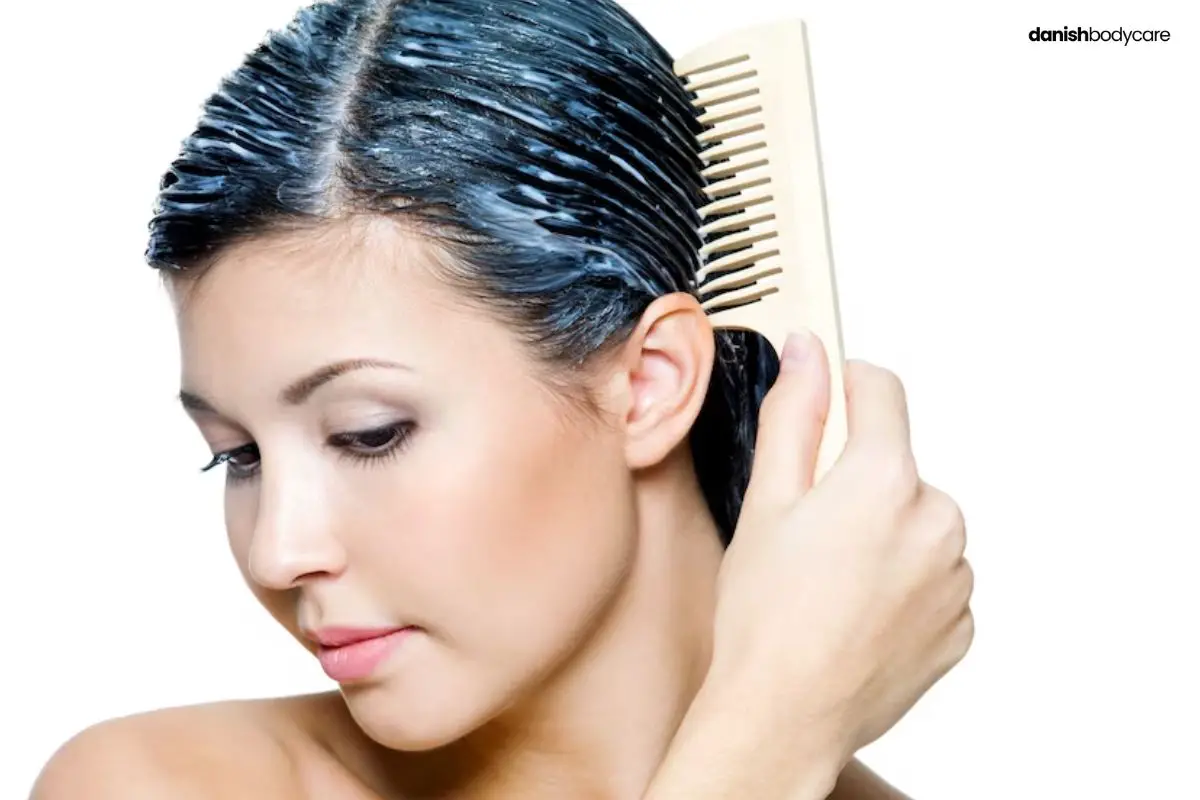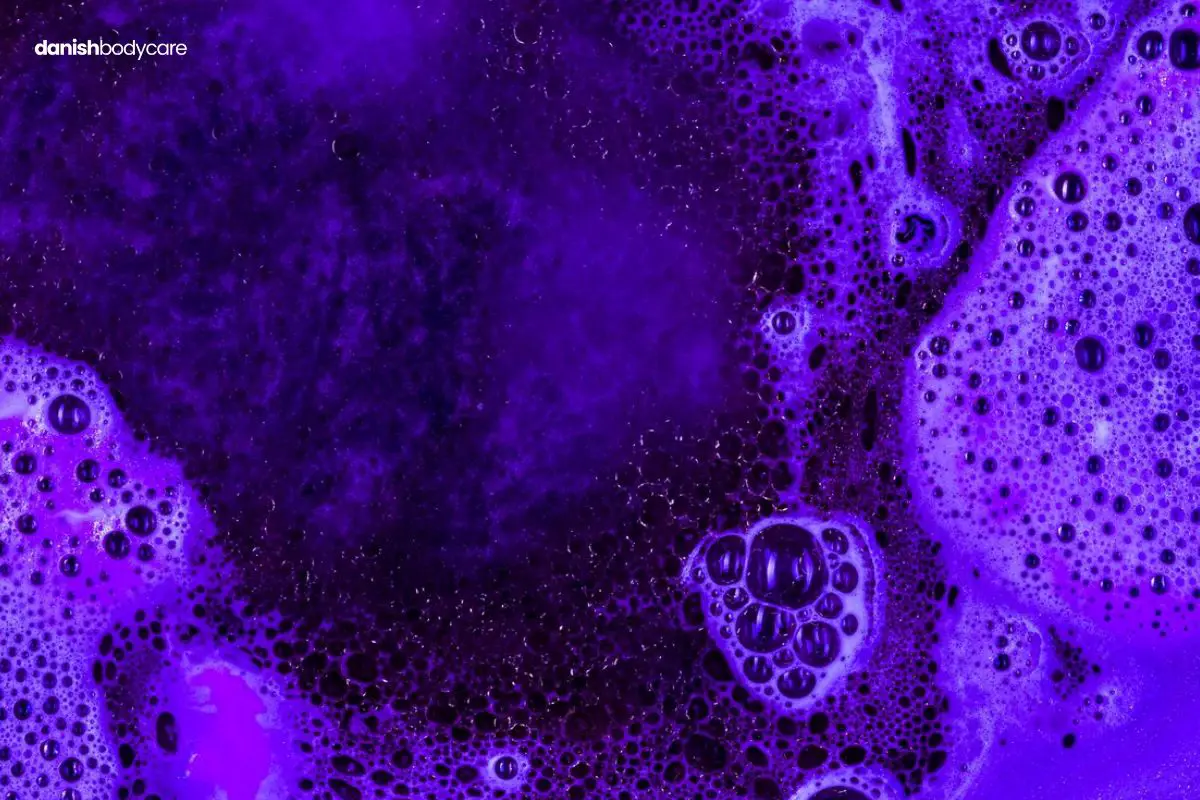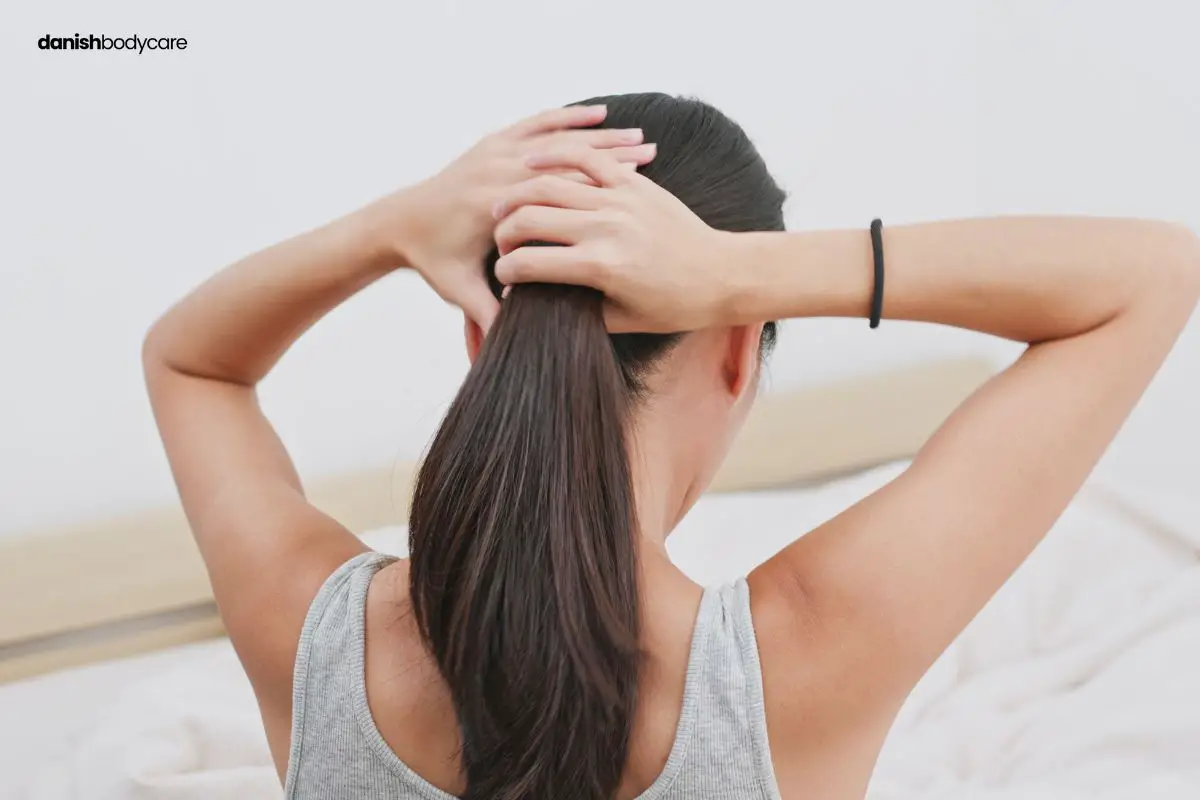Most people think that we have the same hair type our entire lives. If you’re born with straight hair, it stays straight. Right?
Not exactly. Because for some people, it changes. And for some, this change is permanent, while for others it’s temporary.
There are many reasons for this change, such as hormones and age.
In this article, we’ll dive into all of the reasons why straight hair turns wavy.
Can Straight Hair Turn Wavy?
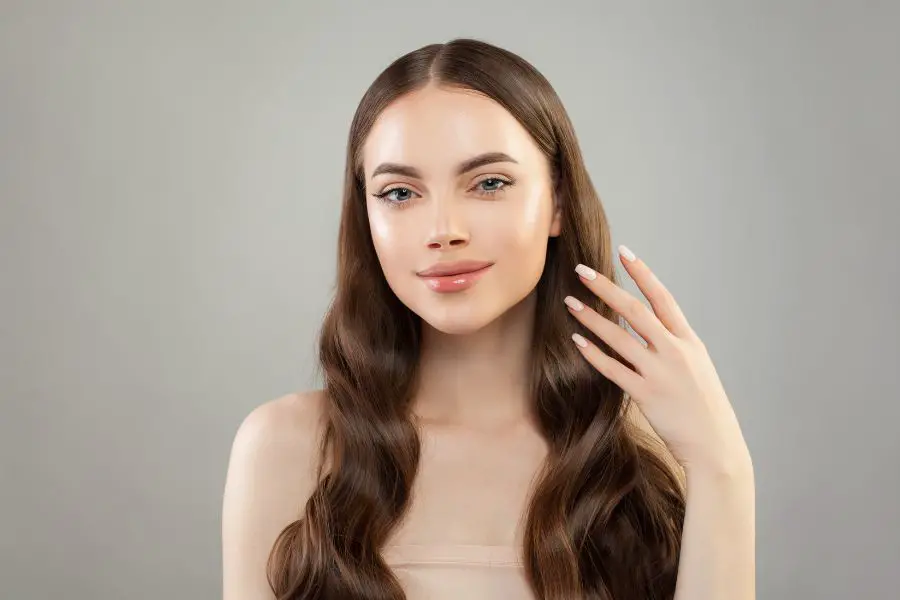
Yes, your straight hair can turn wavy due to several factors like hormones or diet changes. Hormones play a huge role in your hair’s texture, thickness, and health. A change in hormones can make your hair wavier.
Even a change in your diet can affect the texture of your hair.
There are four different hair types:
- Straight
- Wavy
- Curly
- Kinky
But we don’t always have the same throughout life. Your hair type can change as you age or due to other factors in your life.
So yes, it’s entirely possible for your straight hair to become wavy over time.
Can Straight Hair Turn Curly?

Yes, straight hair can turn curly. This change happens because of several factors such as hormone changes, like during pregnancy or menopause. Your body experiences shifts in chemistry that affect your hair, making it wavy or curly.
Another reason could be genes that were inactive when you were born. They might later be activated by hormones or external factors like medications, poor nutrition, stress, or pollution.
Though science hasn’t fully understood this process, it’s clear that various elements can influence the transformation of straight hair to curly hair over time.
Why Hair Texture Changes

To understand the reasons why your hair type changes, you have to understand the underlying factors: genetics, hair types, and hair follicle shapes.
Role of Genetics in Hair Type
Your hair type, whether it’s straight, wavy, or curly, has a lot to do with your genetics. The type of hair you have is determined by the hair follicle shape, which comes from the genes you inherit from your parents.
There are different hair types according to the Andre Walker Hair Typing System, like Type 1 (straight), Type 2 (wavy).
What this means is that your hair’s texture is largely a result of your DNA.
Hair Follicle Shape and Hair Type
The shape of your hair follicle is responsible for giving your hair its texture. In simple terms, the hair follicle is a tiny tunnel in the scalp from which your hair grows:
- When the hair follicle is round, it produces straight hair.
- If the hair follicle is slightly curved or oval, it leads to wavy hair.
- If the follicle is more curved, it results in curly hair.
Your hair texture can undergo changes due to various factors like hormonal imbalances or dietary changes. So even if you have straight hair, it might turn wavy or curly over time depending on these factors.
6 Reasons Why Your Straight Hair Turns Wavy
There are six major reasons why your straight hair turns wavy:
- Change in hormones
- Age
- Dietary changes
- Changes in humidity
- Pollution
- Hairstyles
1. Change In Hormones
Hormones play an essential role in your hair’s texture, thickness, and overall health. Fluctuating hormone levels during pregnancy, menopause, or stress can lead to changes in hair texture, making it wavy.
2. Age
As you age, your hair goes through different phases, and its texture may change. Many people experience a change from straight to wavy or even curly hair as they grow older.
This is due to changes in hair follicles. They may become more curved over time, causing the hair strands to grow in a wavy pattern.
3. Diet Change
Your diet has a direct impact on your hair health. Nutrients like protein, vitamins, and minerals are essential for healthy hair.
A significant diet change, however, can affect your hair’s texture, making it turn wavy or curly. This is because the nutrients you consume determine the composition of keratin, the protein that makes up your hair fibers.
4. Change In Humidity
Humidity plays a role in the way your hair behaves. High humidity can cause your hair strands to absorb moisture from the air. This causes them to swell and become wavy or curly.
On the other hand, low humidity conditions can lead to dry hair, which may also alter your hair’s texture.
These changes are temporary, as your hair will go back to its natural state with changes in humidity.
5. Pollution
Environmental pollutants can get trapped in your hair, causing it to become dirty, damaged, and frizzy. It can also lead to scalp irritation and affect hair growth, potentially changing your hair texture over time.
6. Hairstyle
Frequent heat styling, such as curling, blow-drying, or straightening, causes damage to your hair’s structure. This can lead to a modification in your hair’s texture, making it appear wavier.
Remember to protect your hair from heat damage by using heat-protectant products. It’s also good to give your hair a break from styling tools every once in a while.
Hair Care Habits That Can Alter Hair Texture

Proper Shampooing and Conditioning
The right shampoo and conditioner will maintain your hair’s texture. If you’re not using appropriate hair products, it can lead to hair damage and alter your texture.
Use a shampoo and conditioner made for your hair type. Also avoid over-shampooing your hair. This can strip away natural oils from your scalp, leading to dryness and hair breakage.
When using conditioner, apply it to your hair’s ends. Avoid the scalp area. Rinse the conditioner out thoroughly to avoid buildup, which can also lead to changes in hair texture.
Unintentional Damage from Hair Routines
Sometimes, our daily hair routines can inadvertently cause damage to our hair, leading to changes in texture:
Brushing
Excessive or improper brushing can cause hair breakage and split ends. To avoid this, use a wide-tooth comb or a brush with soft bristles.
Start detangling from the ends and work your way up to the roots to minimize damage.
Hair products
Overusing hair products like serums, sprays, or mousses can lead to product buildup and affect your hair’s texture.
Use the right amount of product and remove buildup regularly with a clarifying shampoo.
Haircut
Regular trims help remove split ends and promote healthy hair growth. Neglecting this can cause your hair to become more damaged, leading to changes in texture.
Frequently Asked Questions
Can straight hair turn wavy with age?
Yes, your straight hair may turn wavy as you age. This is because various factors, such as hormonal changes and genetics, can affect your hair texture over time. Hair may also become thinner or change in other ways due to age, further influencing how it appears.
What causes straight hair to become wavy and frizzy?
There are multiple factors that can cause straight hair to become wavy and frizzy. These include hormonal changes, humidity, damaged hair, genetics.
Can hormone changes make straight hair wavy?
Yes, hormone changes can indeed make your straight hair wavy. Hormones play a significant role in your hair’s texture, thickness, and overall health. When you experience shifts in hormone levels, this can impact your hair’s structure and lead to the development of waves.
Do hair products make straight hair wavy?
Some hair products are specifically designed to create waves and texture in straight hair. These products may include salt sprays, curl-enhancing creams, or styling mousses. However, regular use of such products can also contribute to hair damage over time, so selecting high-quality products and using them sparingly is essential.
Can hair styling tools change straight hair texture?
Hair styling tools, like curling irons and flat irons, can temporarily change the texture of straight hair by applying heat to reshape the hair strands. With consistent use, these tools might lead to a more permanent change in texture due to heat damage. It’s essential to adopt proper heat protection practices, such as using heat protectant sprays and choosing the right temperature settings, to minimize damage to your hair.

